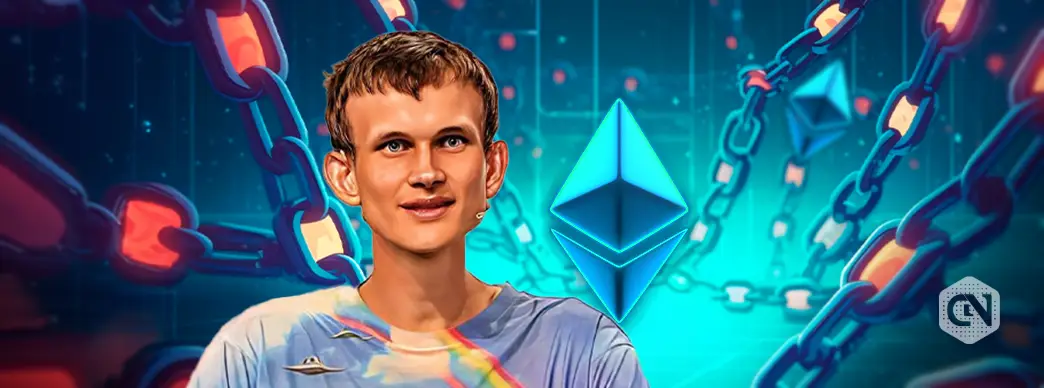Ethereum co-founder Vitalik Buterin has proposed making chain verification for Ethereum Protocol computationally affordable, in his latest article “Possible futures of the Ethereum protocol, part 4: The Verge”.
Possible futures of the Ethereum protocol, part 4: The Vergehttps://t.co/ij3wtBByeY
— vitalik.eth (@VitalikButerin) October 23, 2024
Vitalik Buterin begins the article on the premises of how one of the most powerful features of the blockchain is that anyone can run a node on their own computer and verify that the chain is correct. Stakeholders who do not belong to such conspiracy groups will automatically gather and continue to build a chain that continues to follow the old rules, and fully verified users will follow that chain.
Speaking further on the feasibility of running a node for stakers and users, Buterin added, “This is a key difference between blockchains and centralized systems. However, for this property to hold, running a fully-verifying node needs to be actually feasible for a critical mass of people.”
It is possible to run a node on a consumer laptop today, but it is difficult to do so, therefore, Vitalik claims, “The Verge is about changing this and making fully verified chains so computationally affordable that every mobile wallet, browser wallet, and even smartwatch does so by default.”
Advertisement
Originally, “Verge” referred to the concept of moving Ethereum state storage to the Verkle tree – a tree structure that allows for more compact proofs, enabling stateless verification of Ethereum blocks. But over the past year, Verge has become more open, and there are multiple possibilities.
Vitalik lists out the key goals for Verge as following: 1. Stateless clients: Fully validating clients and staking nodes don’t need more than a few GB of storage. (Long term) Fully validated chain (consensus and execution) on a smartwatch. Download some data, validate the SNARK, and you’re done.

Vitalik wrote, “The long-term goal for Ethereum block verification is clear: you should be able to verify an Ethereum block by (i) downloading the block, or perhaps even only small parts of the block with data availability sampling, and (ii) verifying a small proof that the block is valid.”
Vitalik Buterin also touched upon Stateless verification technology which allows nodes to verify blocks without having the entire state. In stateless verification, each block comes with a witness, which includes (i) the values (eg. code, balances, storage) at the specific locations in the state that the block will access, and (ii) a cryptographic proof that those values are correct.
According to him, solving statelessness immensely increases the ease of solo staking.
Advertisement
Vitalik also emphasized on the need for some more powerful technology including leading solutions: Verkle trees, and STARKed binary hash trees.








